
Parental Note: This experiment is geared towards ages 8 and up.
Additional Notes: This experiment will take about 30 minutes to complete.
Experiment Overview:
You may have heard the saying “opposites attract” before. This is true for many things – especially true for protons and electrons, the charged particles in the atoms that make up all matter. Protons have a positive charge, while electrons have a negative charge, and they are very attracted to one another! Some atoms have stronger charges than others, and this can affect how attracted two objects are two one another. If a negatively charged object comes close to a very positively charged object, it can become so attracted that eventually, the negative object steals protons from the positive object. This process is called the triboelectric effect and it creates an electrical charge imbalance, called static electricity. Static electricity is energy that can be used to do work.
In this experiment, you will explore how the triboelectric effect causes static electricity by rubbing a balloon on your head. Then you will use the energy stored in static electricity to make your soda can move!
Experiment Materials:

- Balloon
- Aluminum soda can
Experiment Process:
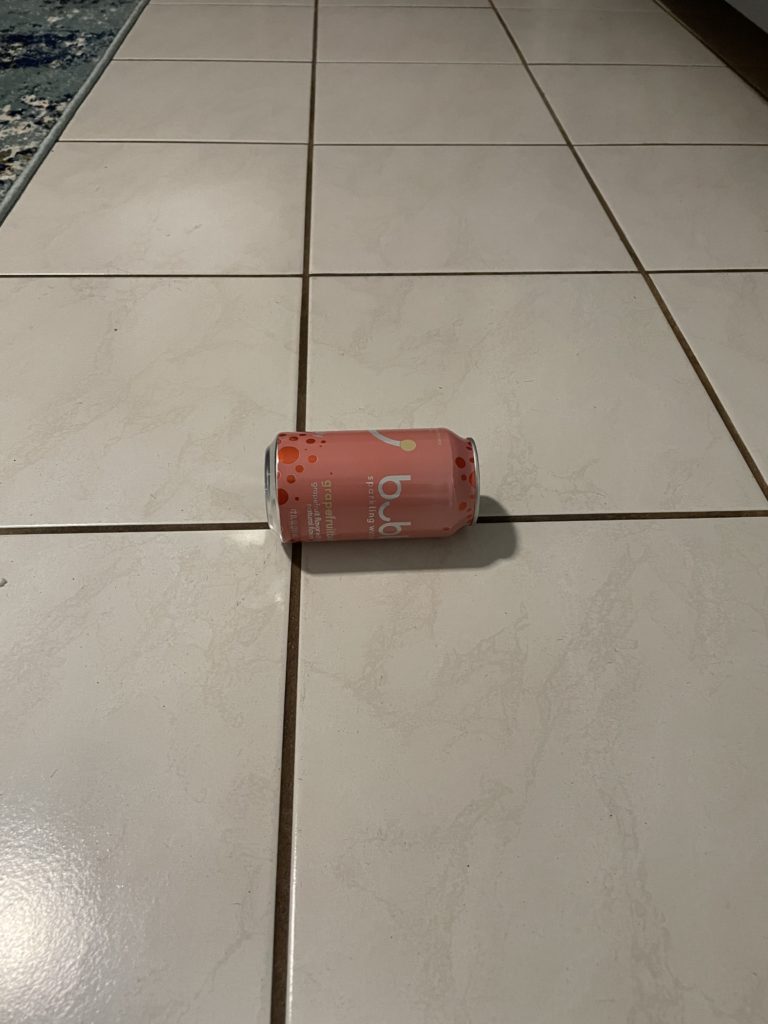
Step 1
Put the can on the ground on a flat surface with a lot of space.
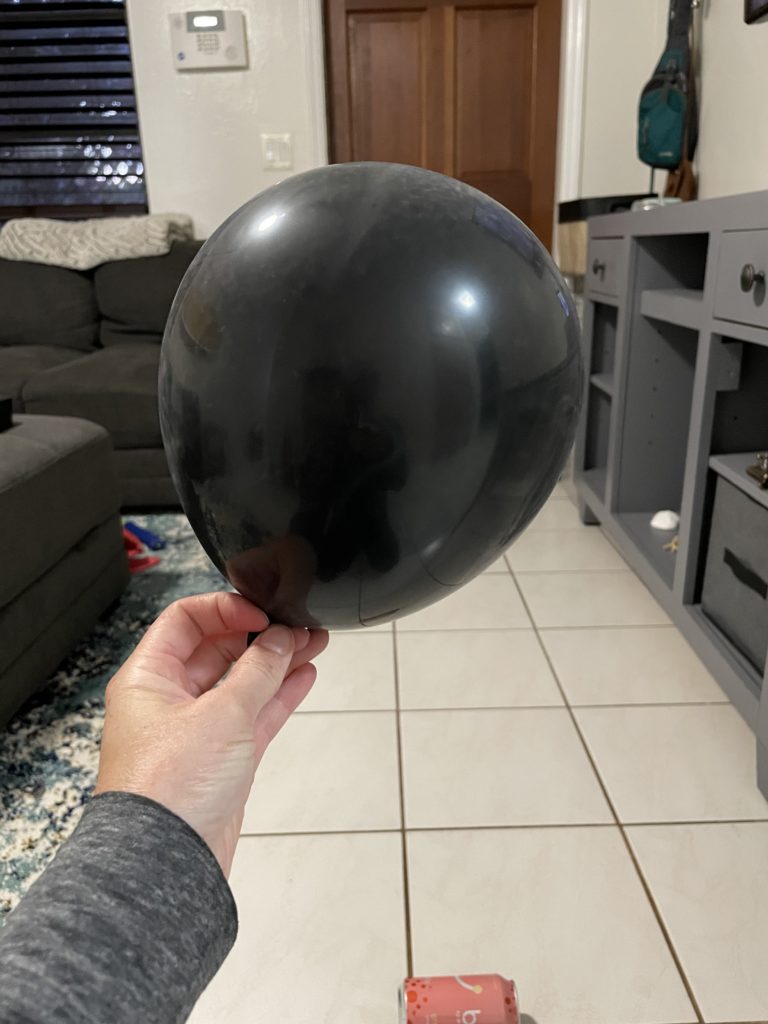
Step 2
Blow up the balloon.
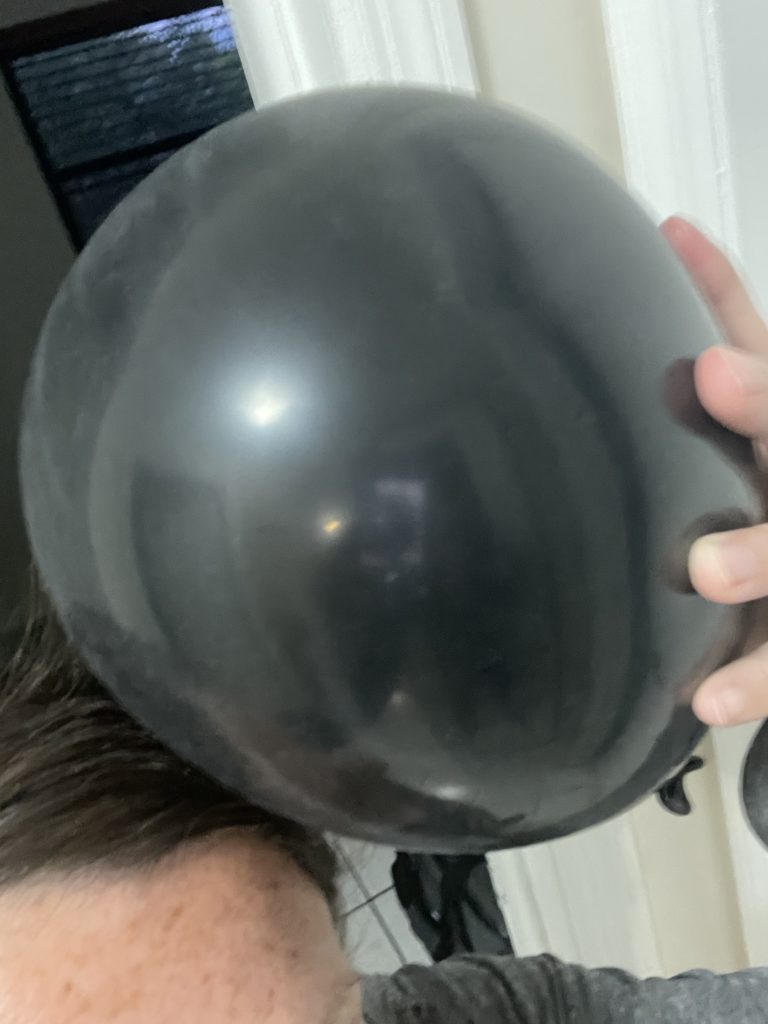
Step 3
Rub the balloon back and forth on your hair really fast a few times.
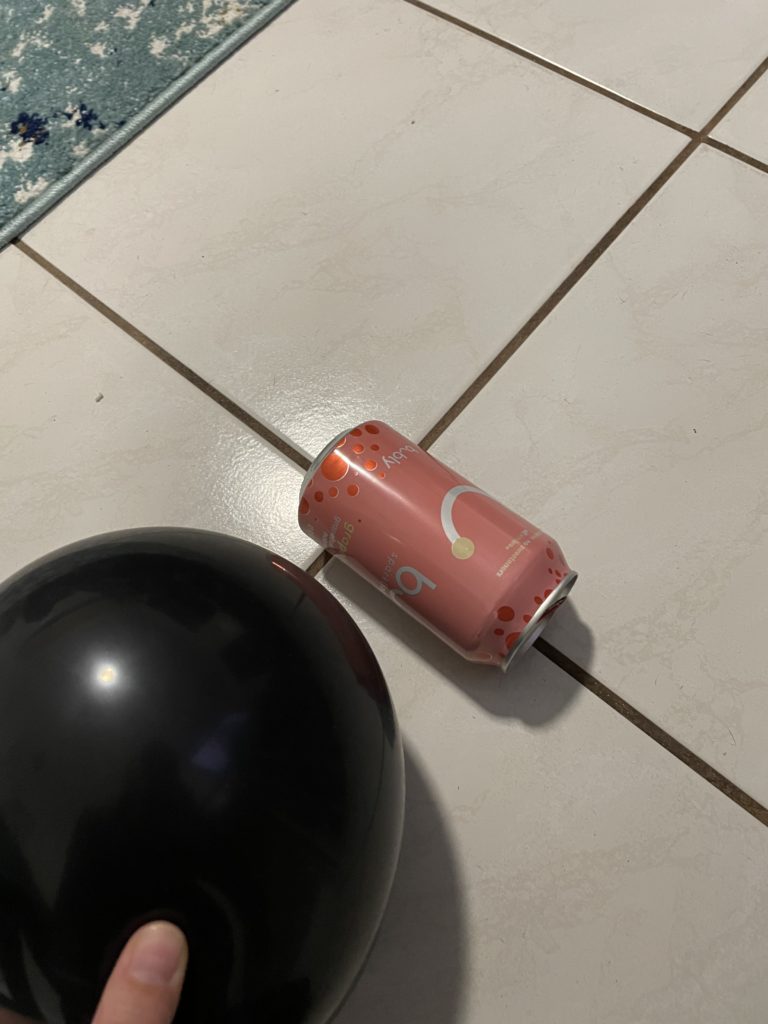
Step 4
Hold the balloon about an inch in front of the can and see what happens!
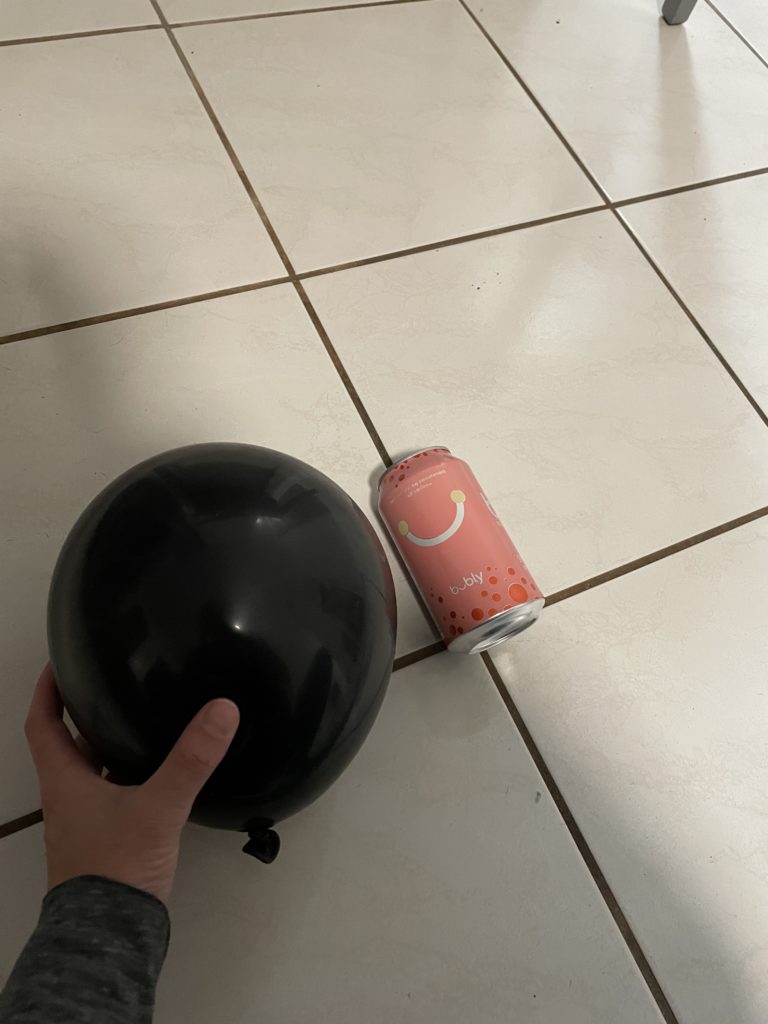
Step 5
Now try holding the balloon on the other side of the can.
Conclusions:
How did that happen?! When you rubbed the balloon on your hair, more and more electrons (negative charge) built upon the balloon (i.e., the balloon stole electrons from your hair). The balloon was then filled with static electricity. When you held the negatively charged balloon close to the soda can, it attracted the positively charged protons in the aluminum.
Static electricity is energy, and if used correctly, it can be very useful. For example, a capacitor is used to store energy in the form of an electric charge. Capacitors are used in a wide variety of electronics, including some TVs, radios, and digital cameras that use a flash.
Extension:
- Static electricity can even cause water to bend! Water molecules have both negative and positive electrons. The negative charge of static electricity can attract the positively charged parts of water molecules. Test this out by taking your balloon over to the sink. Rub it against your head again and then hold the balloon very close to the water stream and see what happens!
- If you have more than one can and more than one balloon, try having a static electricity soda can race!









